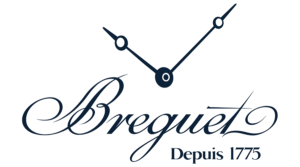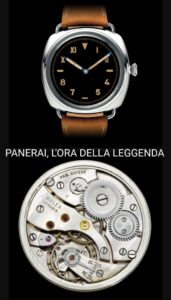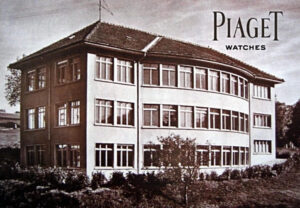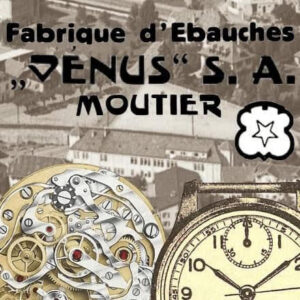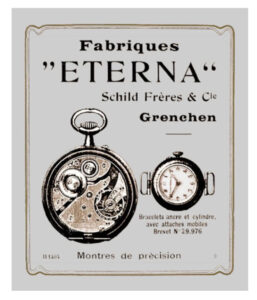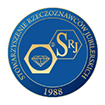PANERAI – the story of a legend

Piotr Ratynski
August 3, 2023
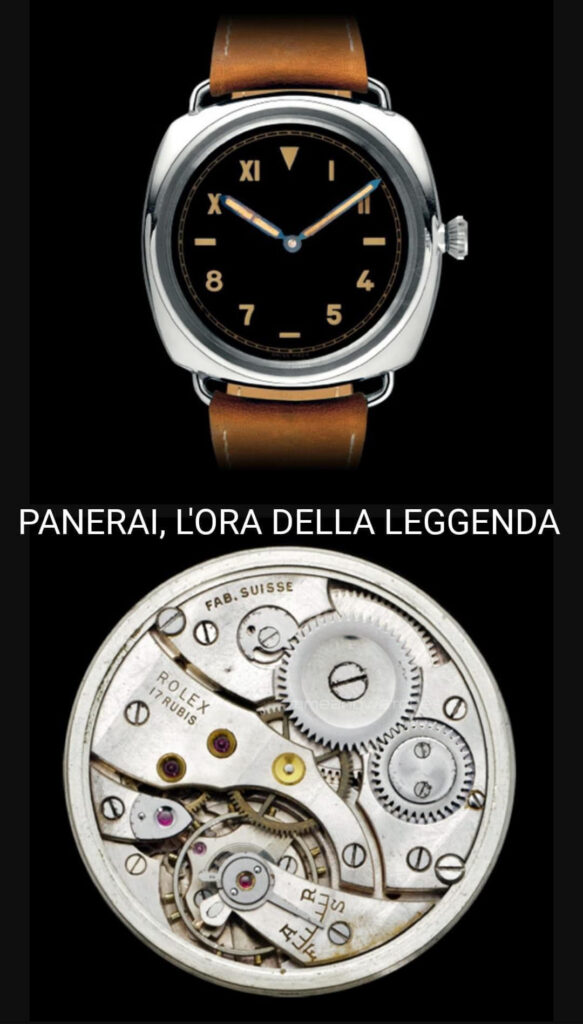
Guido Panerai founded the Guido Panerai & Figlio company in Florence in 1860. The family-owned precision engineering company, later renamed Officine Panerai, initially produced precision nautical instruments, but over the years also develops numerous patents in optics and watches. Since 1913, many types of equipment have been produced for the Royal Italian Navy, including night sights, time bombs, depth gauges and mechanical calculators. The historically distinguished feature of the company and the Panerai brand, however, is the development of the luminescent material Radiomir, a mixture of zinc sulfate and radium bromide, and the resulting construction of the first watch with hands that glow in the dark. On March 23, 1916, Panerai registered the material as a patent in France. With this invention, Panerai and its watches, were the first ever to be read in the dark without an additional light source. In 1935 Officine Panerai expands its partnership with the Italian Navy and supplies precision pocket stopwatches designed specifically for military use. In 1936, the Italian Navy ordered a prototype of the first diving watch to withstand even the harshest conditions underwater. Since 1938, such a model has been in series production. “Panerai Radiomir,” equipped with a Rolex mechanism, is easy to read underwater in low-light conditions thanks to the aforementioned Radiomir (later Luminor) luminous material. It is worn exclusively by the Italian “Gamma” divers, but is also said to have been worn by formations of other nations, such as the German combat swimmers of the time, so it was covered by special military secrecy for a long time. A total of only 350 were reportedly produced. In 1949. The highly radioactive luminous substance Radiomir was replaced by Luminor – just as the name Radiomir had to give way to the term Luminor in the name of the watch. Supplied since 1950, the new watch now also has Panerai’s typical crescent-shaped bracket, which serves as a stable protection for the crown. This crown protection bracket was patented in 1956. In the same year, the Egiziano model goes to the Egyptian Navy. Egiziano is 60mm in diameter and, in addition to a bridge to secure the crown, has a rotating telescope for timing while diving. In 1980, Panerai develops a prototype diving watch with a titanium envelope that is water resistant to 1,000 meters. In 1993, the brand first entered the sales market with limited editions of the Luminor Marina and Mare Nostrum models. Its reputation grows when Hollywood star Sylvester Stallone orders limited editions of both watches, which carry the nickname “Slytech” (after the star’s nickname “Sly”). On the lid of these copies is engraved the actor’s autograph. While modified ETA mechanisms had previously been installed, since 2002 Panerai has been developing its own calibers produced at a new production facility in Neuchâtel (Neuenburg), Switzerland. First, the P.2000 family of calibers with manual winding and an eight-day walk reserve was unveiled in 2005 as the basis for the P.2002 caliber, followed in 2007 by the P.2003 with a second time zone (GMT), the P.2004 with a chronograph mechanism with GMT function and a walk reserve indicator, and the P.2005 with a tourbillon. In 2009, the P.9000 base caliber, the P.9001 with GMT function and the P.9002 with GMT function and gait reserve indicator were added to the new series of automatic-winding calibers with a three-day gait reserve. In 2011, a diver’s watch with a bronze envelope was unveiled, using the manufactory’s P.3000 caliber.
After Panerai was acquired by the Vendôme Group in 1997, which later merged with the Richemont luxury goods group, the brand became one of the leaders in the sports luxury segment. With its oversized envelopes, it is also one of the first to push the trend toward oversize watches.
Similar Articles

Contact
Association for the Promotion and Development of Watchmaking
KRS 0000693567

It’s All About Watches Watch Fair © 2023. Do not attempt to Copy. | Privacy Policy | Design and Development: Wiseboost

